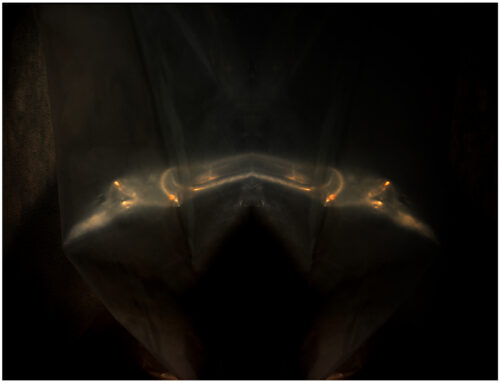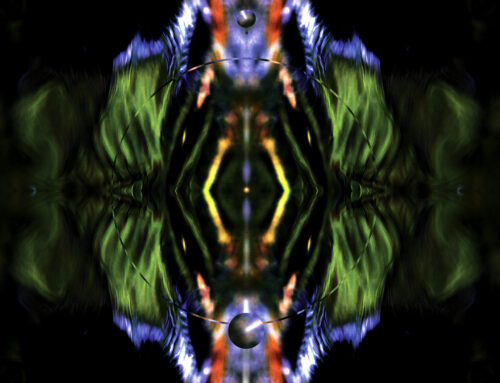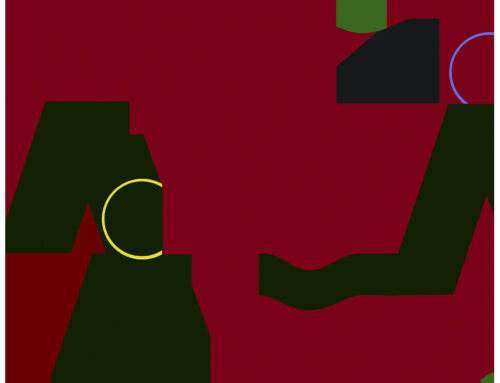The Morris Graves Book Project Blog
MORRIS GRAVES: His Houses, His Gardens by Richard Svare
Our Morris Graves Book Project blog is published in tandem with the official web site, informing interested parties and updating them on the progress of the book’s publication. At www.morris-graves-book.com, you’ll find a page about Morris Graves and his role in 20th Century American Art. You can learn more about the book’s author, Richard Svare, how the project began, and who is on the ‘project’ team. But the blog offers an opportunity to record personal reflections. It’s hardly surprising that Morris Graves, with his visionary genius and legendary charisma, would ignite so many people in such divers areas of creative expressions. His presence in my life has been a persuasive and enduring influence.
Ray Kass drawing ….
by Ray Kass, painter and art historian, author of Morris Graves: Vision of The Inner Eye, Braziller, NY, 1983
I first met Morris in 1979 at ‘The Lake’ in Northern California, his last residence. Our friendship continued with infrequent visits but rich correspondences over the course of two decades until his death in 2001. Though, in truth, our friendship did not end with his death. How could it? Even today he continues to visit me in my dreams, just as he did in a dream of magnetic potency before we first met. (I’ll write more on that in a later entry.)
To the larger public, Morris Graves is not as well known as artists who share a similar place of importance in the history of art. This is primarily a result of his decision—his need—to remain secluded, almost reclusive, ensconced in habitations he constructed for this sole purpose. He eschewed fame and turned away from what he perceived as its perilous journey. Here is an artist who, during his entire, celebrated career, refused to attend any opening exhibitions of his own work. On one of my visits, he related his experience at the opening of his Whitney exhibition in 1978. The Museum arranged to let him preview the retrospective a day before it opened to the public. Many of the paintings he had not seen in decades. He expressed how thrilled he was to wander through the galleries, alone, revisiting his paintings like one might embrace old friends not seen in ages, and how, for him, they still held whatever magic had passed from that inexhaustible font of art-making, through him, into a visual experience for others. This intimate and charming story has stayed with me, becoming part of my understanding and my belief of what we’re meant to do, or be, as artists, passing on the gift. We can enjoy it and grow from it, but we never possess it.
For most of his life, Morris Graves kept himself enshrouded in these self-made environments and very few people have had the experience of witnessing the tranquility and solitude he created. He had a strong distrust for photography and he rarely allowed photographs to be taken of him or his habitations, especially later on in his life. It is a testament to the utmost respect he had for his friend Richard Svare, that, at last, Morris agreed to this book; in fact, he even encouraged Richard to write the book, and I believe not because he wanted his private life finally amplified within the public world, but, really, as a gift of trust to his friend. There are over one hundred photographs in the book, many never published before, beginning in his youth as he began construction on ‘The Rock’, through ‘Careläden’, ‘Woodtown Manor’, and culminating with his last residence, ‘The Lake.’
Richard’s narrative is warm and intimate, recalling parts of their lives spent together. No one, especially someone who didn’t know Morris Graves, could have written a more accurate and compelling account.
The book is not about his art. It’s about his journey through time and space on this earth, about his struggle to balance all the ingredients he needed to produce the art, an art shaped with acute observation and certainty.
I’d like to express my gratitude to everyone on the project team, as well as our advisors; everyone’s input has been dynamic and significant. We believe the book will be an important part of the Graves Legacy.
Thank you for helping to support this project.
Galen Garwood
How you can contribute.
How to order an advance copy





